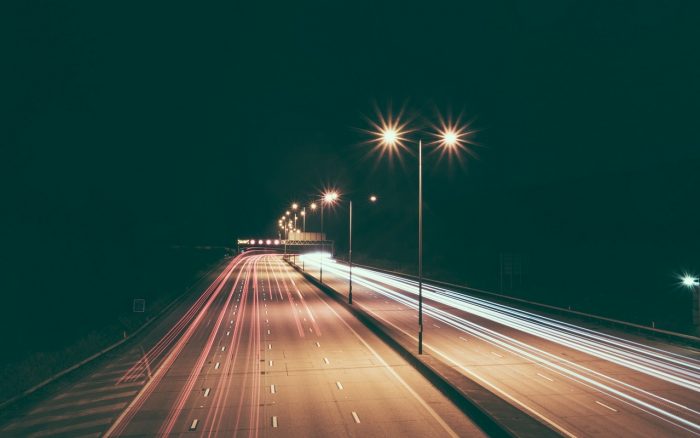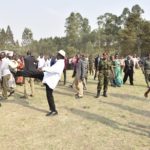About 42% of the traffic accidents occur at night, a figure showing the risks involved when circulating during this time slot, decreasing your visual perception. We tell you the basic rules for driving at night with comfort and safety.

You must bear in mind that you receive 90% of the traffic information through your sight: by the luminous feeling, the visual acuity and the ability to recognize the colors.
These three processes are disturbed at night, since the eye and the brain are subjected to greater effort to be able to act quickly and effectively in any situation.
In addition, there are other risks when traveling at night. In addition to losing visual acuity and decreasing your field of vision, darkness can hide dangers that are visible in daylight, so you have to move with greater caution.
The appearance of tiredness and fatigue occurs mainly between 4 and 6 in the morning, when our alert level drops. And there is a greater number of drivers who have abused alcohol in this time slot.
In spite of everything, there are people who prefer to travel at night due to the lower traffic density, to drive more relaxed and to maintain a higher speed.
For that you have to be in good physical condition and psychic (without fatigue or ailments), the vehicle must be in good condition and the trip must be planned in time: know the itinerary, the location of the rest areas, the weather conditions, the state of the roads, etc.
The ten rules you must remember if you drive at night, compiled by the European Motorists Club are:
- Reduce speed: You have to be able to completely stop the vehicle within the field of lighting of the headlights. On the road, the recommended maximum speed is 90 kilometers per hour.
- Maintain the safety distance: It must not be less than three seconds with the preceding vehicle.
- Increase the frequency of look through the mirrors: At least, you should look every ten seconds.
- Increase the frequency of stops: You must stop to rest your legs and clean the crystals well so as not to obstruct your vision.
- At dusk, turn on the dipped lights: At the first symptom of poor vision, turn on the lights. It is essential to know how to use the lights of the car correctly.
- Stop if symptoms of fatigue appear: Take some food or energy drink.
- Stop if symptoms of drowsiness appear: Rest for 20 minutes and drink a coffee or stimulant drink. If you are very tired, do not hesitate to get some sleep.
- Use the main beam lights if possible: On roads where there is no possibility of dazzling other vehicles, use the headlights instead of the headlights, this will increase your nighttime perception.
- Remove the headlights when overtaking: In order to avoid risks of glare, if you cross with another vehicle, you must remove the main beam and put the dipped beam.
- Reduce the light intensity of the instrument cluster: The more light there is inside, the worse it looks on the outside.














